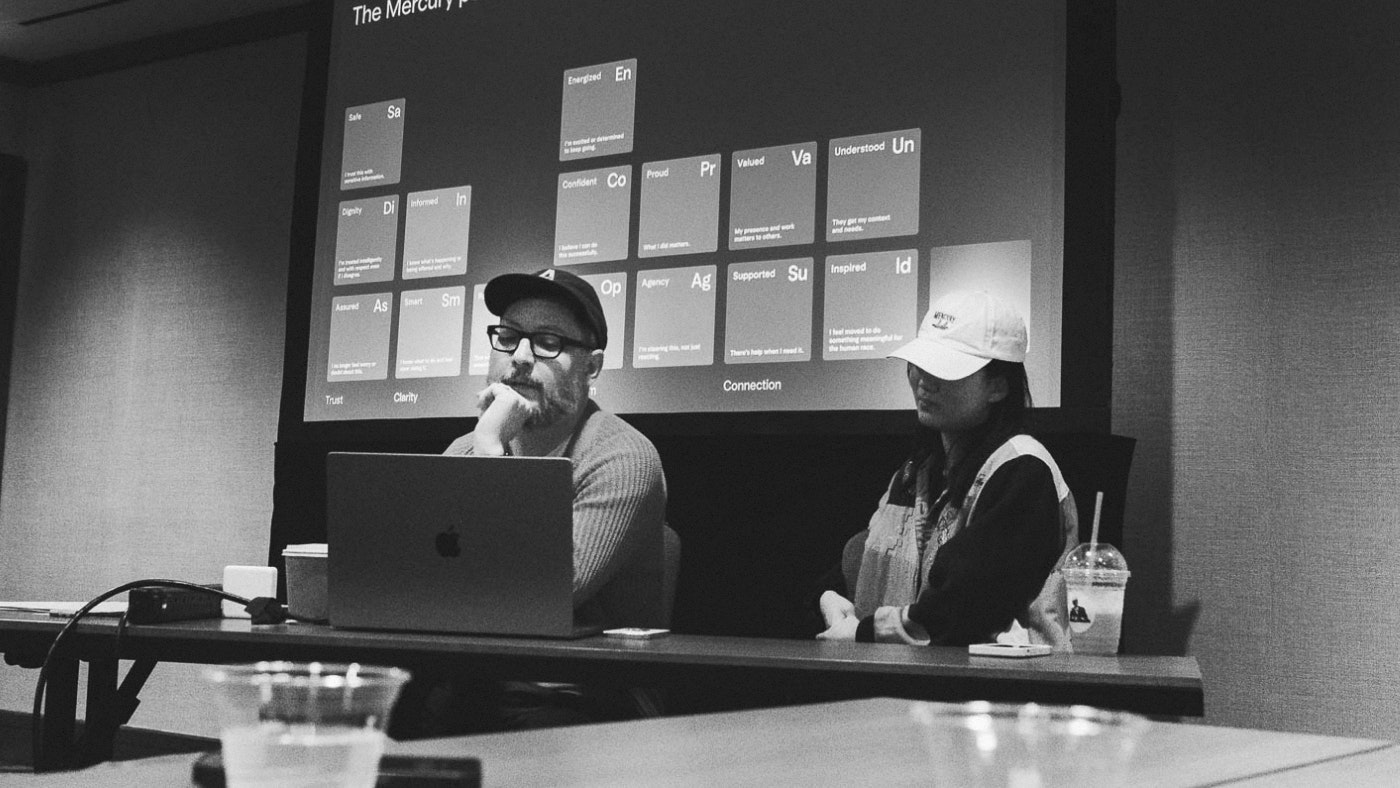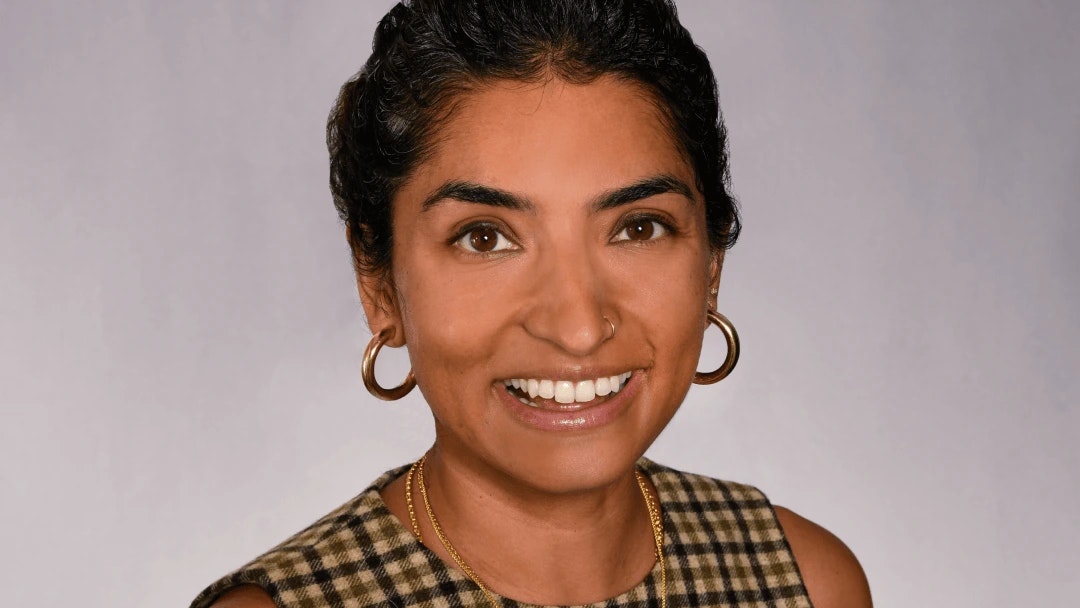Listen on Apple Podcasts, Spotify, or your favorite podcast app.
This week’s Future of Fintech is on the future of insurtech, discussing MGAs vs full insurance carriers, how to drive better underwriting, opportunities in this space, and much more.
Future of Fintech is hosted by Immad Akhund, Founder and CEO of Mercury and Sheel Mohnot, Partner at Better Tomorrow Ventures.
Guests this week include:
Highlights from Future of Fintech: Automated Finances
This interview has been lightly edited for length and clarity.
Why are there tons more insurtech startups nowadays?
SEAN (Kin Insurance): There are a ton of insurtech startups, relative to historical norms, but still not many. The size of the insurance industry is really big. P&C in the US, alone, is $800 to $900 billion.
Why haven't there been many insurtechs before? It's a very protected industry and it's dominated by this oligopoly of companies that don't face competitive threats.
The biggest, recent change in banking was the emergence of banking as a service. That reduced the barrier-to-entry from $6 million to $2 million in seed funding for launching a challenger bank. Has something similar happened in insurtech?
KYLE (Clearcover): There's nothing that's changed in the regulatory environment or in the structure of insurance companies. If anything has changed, it's people's attitude towards the space.
More than anything else, it’s access to capital to build a new insurance company—both on the reinsurance and venture sides. In the past, you had to build an insurance carrier over a period of 80 years. You wouldn't find large amounts of venture capital to help you build one of these things. Reinsurers have also stepped in to back a lot of the risk.
Can you talk about MGAs and how they’ve been the predominant form of startup in the space?
KYLE (Clearcover): A Managing General Agency is not an insurance company or carrier; it's an insurance agency with some authority for selecting risk or engaging with customers.
Today, MGAs look a lot more like insurance carriers. They don't take risk on their balance sheet, like an insurance carrier would. They do underwriting, billing, and manage the customer relationship. People have started to use MGAs more frequently and in ways that they hadn't in the past.
SEAN (Kin Insurance): We're copying what we saw in fintech with rent-a-charters, and wishing that the MGA model was as well developed, which it is not. The MGA model in insurance is not as scalable as the rent-a-charter model in banking.
STEPH (Portag3 Ventures): One interesting unlock has been the partnership between reinsurers with MGAs. It disintermediates the carrier and allows MGAs to handle distribution. If you have a reinsurance backer, there is no reason to have a carrier.
That's a trend that we're bullish on. Even if the fronting carrier doesn't have enough data, or can't get to scale, the reinsurers do and can. They've been the major enabler of this MGA trend.
What is a reinsurer?
STEPH (Portag3 Ventures): The reinsurer sits at the back of the ecosystem and aggregates different risk pools. If you don't use a reinsurer, and if you’re a carrier, you can hold the risk on your own balance sheet. You can also use the ILS market and tranche some of your risks to an investor.
SEAN (Kin Insurance): The other thing to remember about insurance is that you get paid for diversification. Reinsures are larger, and therefore much more diversified, than the largest primary carriers. Allstate is big, but Swiss Re is a lot bigger.
If Allstate isn't advantaged on the capital side, are they advantaged on the origination and servicing side? The answer, relative to companies like mine or like Kyle's, is no. They're out of touch with customers and the way technology works.
Insurtech companies, like Lemonade, Clearcover, and mine, are not in the business of insurance; we're in the business of origination and servicing. When we get to scale, we will want our own balance sheet. It's a more efficient transformer of risk.
Will fintech companies have to get better at talking to reinsurance companies, or will reinsurance companies have to change their strategies?
STEPH (Portag3 Ventures): Traditionally, reinsurance was an important, but low margin, part of the value chain. Reinsurers would take on a lot of risk, but not actually capture much benefit and margin.
Over the last five years, reinsurers have been able to partner with MGAs, cut out the carrier in the middle, capture more of the margin, and actually hold (assuming that the underwriting of the MGA is actually pretty good).
How can insurtechs do a better job underwriting than traditional carriers?
KYLE (Clearcover): It boils down to acquiring new signals and making use of signals that others aren't.
SEAN (Kin Insurance): People jump to the idea that insurtechs must have a data advantage, because of technology. It's actually one of the hardest opportunities to execute on as an early stage company.
We actually have a much bigger advantage—on the origination and servicing customer experience side. Allstate is good at pricing and underwriting, but bad at customer acquisition. Most of the juice, at least in early stages, is not necessarily around reselection, but around other aspects of the insurance product.
KYLE (Clearcover): If you look at someone like Progressive, who has had consistently good results, it's not because they had secrets, it's because they've stayed slightly ahead of the curve.
What's the biggest cost advantage someone can build?
KYLE (Clearcover): The single biggest cost you have is paying claims. The long term returns there are marginal at best, because regulation forces everyone to narrow their profitability.
What's left is customer acquisition, servicing, and claims handling. Depending on the line, one of those can be bigger than the other. For example, in auto, the biggest one is claims handling, as opposed to acquisition costs.
What's the long term vision for your startups?
SEAN (Kin Insurance): We have a direct relationship with our customer; we have skin in the game to make sure that nothing bad happens to their home, or if it does, that is taken care of properly. Homeowners insurance is a very sticky product. Customers keep it for a long time: seven to eight years on average. We think that by starting with homeowners insurance, we're in a good position to do other financial products that are related to the home.
Homeowners also tend to be the better customers. These are people that have assets and good credit scores. They're good customers for other cross-sells. Five years from now, we see Kin as a more an integral part of owning a home, and as less of a pure-play insurance company.
Let’s say you get to $10B in insurance premiums. If you were doing that, how much revenue does that equate to?
SEAN (Kin Insurance): If you're an insurance company, like Kyle is, premiums are your revenue. If you're an MGA, your revenue is less than your premium— probably something like 20-30%—but your gross margin percentage is a lot higher. The normalized way to think about it is with gross profit.
Companies in personal lines are aiming for 25% of premium-driven gross profit. It’s lower in auto because it's more competitive.
Is the main reason to go from an MGA into a full carrier to get more of that share and increase your gross profit margin?
SEAN (Kin Insurance): The biggest reason to have your own balance sheet is it puts you in control of your own destiny, from a regulatory perspective. When you're renting your balance sheet from somebody else, it's fragile. That person usually becomes involved in your business with respect to evaluating what you're doing and how you're selecting risk.
How much money does one have to raise to start an insurtech? And if you want to go from being an MGA to a carrier, how much more capital do you have to raise?
SEAN (Kin Insurance): To do a serious MGA, you probably need at least $5m just to build the software. It can take a while to set up the MGA; you're going to need time for user acquisition.
The regulatory requirements for becoming a carrier are very different depending on what line you're in. Auto is low on that spectrum, home is in the middle. To do a lot of types of commercial insurance you're going to need a strong credit rating. So if you're going to do it on your own balance sheet, you need more capitalization.
Let’s say you have $35m of capital, and you put that in this carrier system. Does that mean you can only have $350m of premiums? What is the ratio of capital to premium?
SEAN (Kin Insurance): It depends on the line and also how much you lever it up with reinsurance. Capital ratios are calculated based upon your net premiums. The difference between your gross premiums and your net premiums are that you cede some of your premiums to the reinsurers. The ratios that the regulators and the credit rating agencies pay attention to are based on net premiums.
In homeowners, 8:1 is a good rule of thumb. I don't know what it is in other lines.
KYLE (Clearcover): The general rule of thumb is 2:1, premium to surplus. For every $2 of premium you write, you have to keep $1 on the balance sheet. That rule applies to whoever keeps the premium.
If I keep all the premium, and want to make all the profit from the underwriting, then I have to keep that dollar. If I give one of those dollars away to a reinsurer, then I only have to have 50 cents. Technically, the reinsurer has to have that 50 cents sit in surplus. You can use reinsurance to create leverage and keep less money on your balance sheet.
But reinsurance is just capital—it's not a magic trick. At the end of the day, reinsurance also has a cost. When you're brand new, it's cheap to get that money from a reinsurer for whom that number is relatively small, and also who is widely diversified so they can assume that risk. As you get bigger, that cost of reinsurance starts to become closer to your overall cost of capital.
Part of Warren Buffett's story was that he got an insurance company very early on, and used those cash flows to buy more companies. Is it true that insurance has an amazing cash flow?
SEAN (Kin Insurance): It can be true. It's rare to have a business where you collect cash and deliver the product later, and insurance is one of those.



